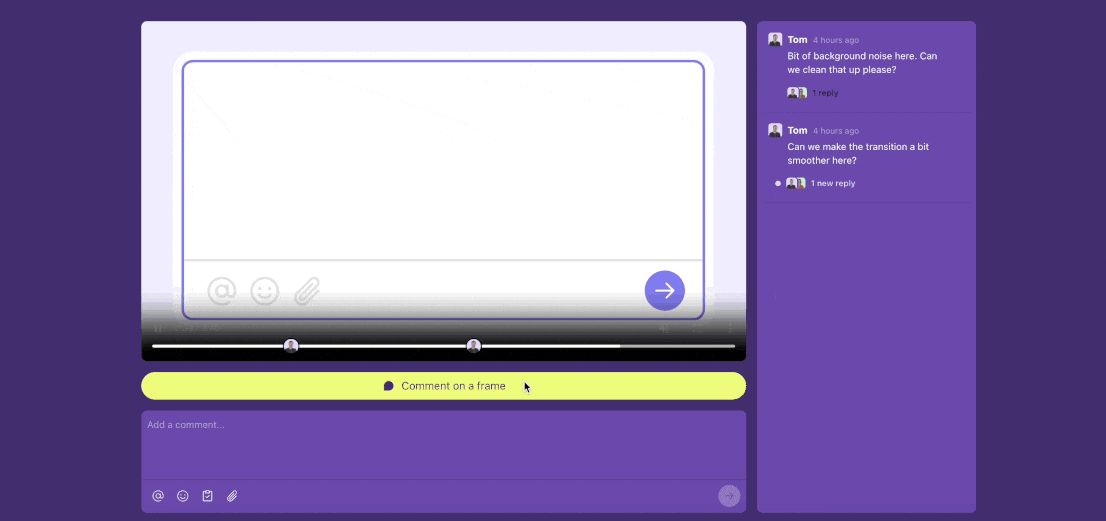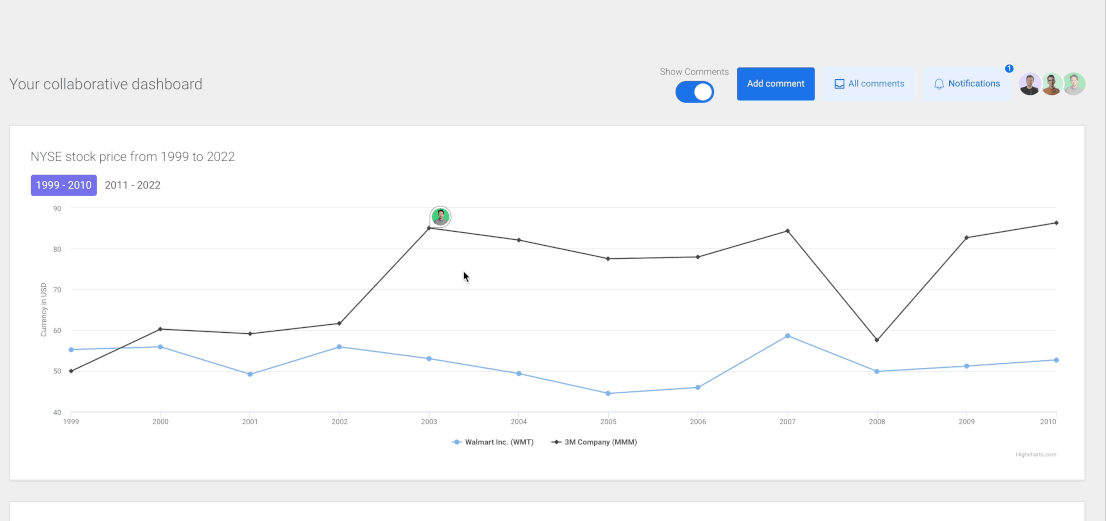We’re back with more product updates that make it easier for our clients to implement and customize real-time chat and collaboration features that their customers love. Don’t want to wait for the monthly round-up? You can keep up with these changes day-to-day in our changelog.
Have something you’d like to see on our roadmap? Get in touch with us at sales@cord.com.
Try out Cord’s SDK for free
Great news for developers, designers, and product managers eager to start building real-time chat and collaboration with Cord’s SDK. You can get full access to all of our Components and APIs in just a few clicks. No credit card (or conversations) required.
To kick the tires on Cord, just sign-up for our Self-Serve console, and use our Quick Start Guide to get set-up in a few minutes. Looking for some inspiration? Check out our demo apps, and have fun building with Cord’s SDK!
Create an ace video commenting experience with just a few lines of code
While a lot of teams work together to create and share videos, most are stuck giving feedback over Slack and e-mail alongside timestamps. That’s because it’s really hard for product and engineering teams to create a video commenting experience that:
- Gives users the ability to drop comments exactly where and when they want
- Displays the comments in the right place at the right time, without cluttering the screen in the case of multiple comments/threads at the same point in the video
But when you combine Cord’s recently shipped metadata and native CSS support with our Threads and Pins, you can quickly and easily solve these layout problems and create a video commenting experience that users will love.

Play with the demo app, and check out our how-to guide with sample code here.
Make sure features like chat, page presence, and notifications match your UX and don’t feel like an add-on
Our new Figma template features all of Cord’s components, and gives designers a way to explore how Cord could be used in their product and see how it’ll look in-situ.
This is a great way to mock-up a quick proof of concept and, because the props and capabilities of the components in Figma match the components in code, it makes it easier for designers, engineers, and the rest of the team to stay on the same page.
Integrate Cord’s notifications into your existing notification system
While you could use Cord’s Notifications components to create a fully customizable notification system that works out-of-the-box, we know that some customers already have their own notification system, and just want an easy way to get notifications “out” of Cord.
Now, with our new webhook, a customer’s backend can be called every time a new notification is created in Cord. From there, you can do - well - whatever you want with it. While the most common use case we’ve seen involves integrating Cord’s notifications with an existing notification delivery system, they could also be pushed to a separate internal tool, or trigger some workflow in your app, etc.
Learn more in our Docs.
Transform how users interact with charts and canvases in your product
Our new Pin component is a building block for pinning threads to a particular location, and is especially useful for adding comments to charts, canvases, and video. You can play with the demo app here.

Some small but mighty details that make this a great UX:
- When you click on a comment that’s pinned to a particular data point that’s not currently on the screen, the chart will automatically change to show the data associated with the comment
- When a user tries to leave a comment on a data point that already has a comment, the existing thread will automatically open
Want to build your own dashboard with comments? This guide outlines which components to use, and how to set-up the code for both the chart and table implementation.
Read and write message data to build rich experiences
We’re continuing to expose more of our underlying data to give developers more control over the features they build into their products. Now, with Cord’s new client-side APIs, our customers can easily read and write message data in Cord. Importantly, they give you the same data our existing REST APIs do, so they’re easy to start using.
So, while we continue to take care of the complex stuff happening behind the scenes - like notifications and real-time message updates - we’re giving you the power to build unique messaging UI and other complex features (AI chatbots, anyone?) on top of Cord’s components.
Learn more about our lower level APIs here.
Stay in touch
That’s it for this month! If you’re an existing customer who wants to learn more about any of these updates, get in touch.
If you’re new here, you can learn more about Cord and see if collaboration is right for your product here, get started for free here, or book a demo here. And if you want to keep up with Cord and our ever-evolving product, follow us on Twitter and LinkedIn.
